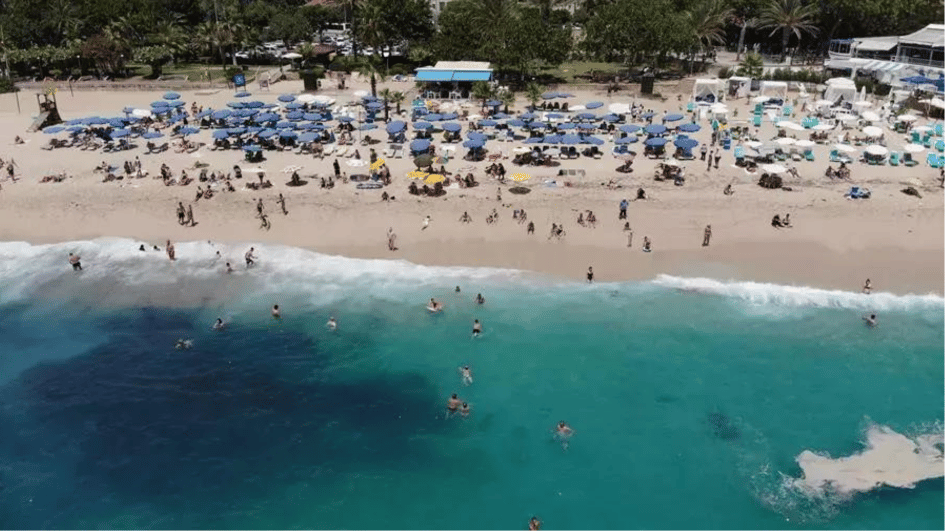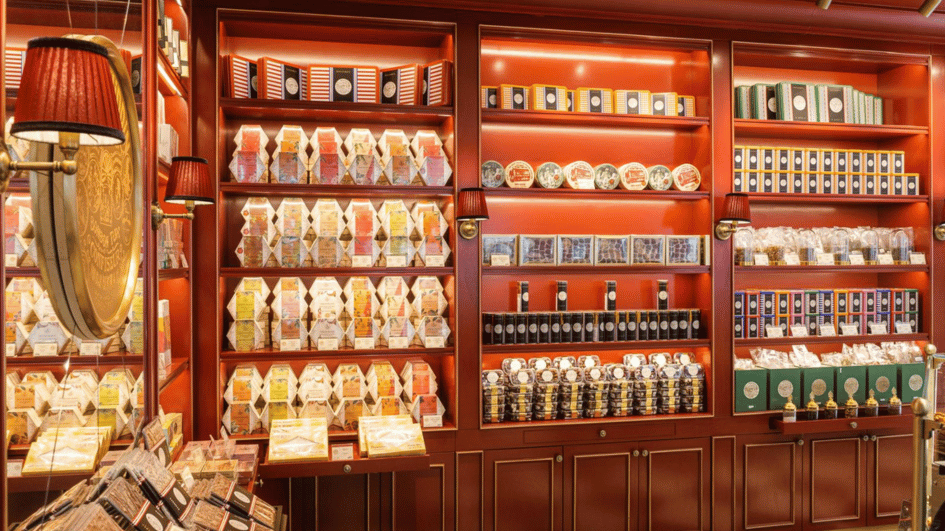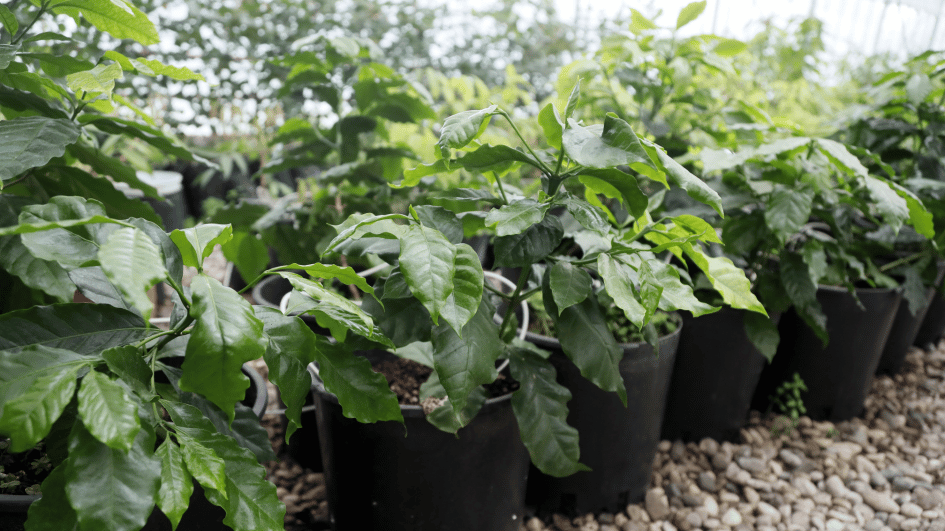Harput to become a tourism hub with historical works, monuments
ELAZIĞ - Anatolia News Agency
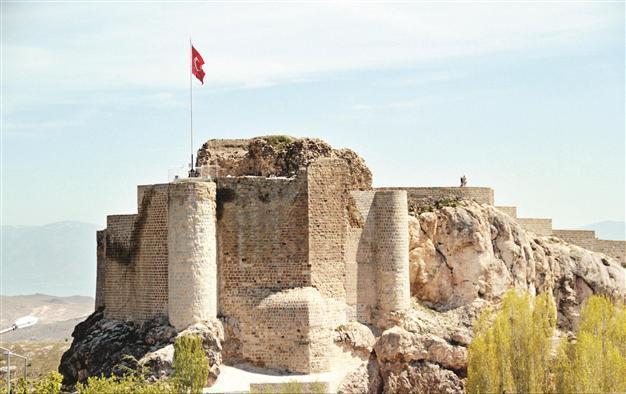
Cultural authorities have restored settlement areas that extend back 4,000 years and include traces of the Hittites and others in Harput. AA photos
The ancient hilltop settlement of Harput in the eastern province of Elazığ is beginning to attract an increasing number of tourists with its restorations.Cultural authorities have restored settlement areas that extend back 4,000 years and include traces of the Hittites and others. In more recent times, various Turkic tribes and the seminal war of Çaldıran (1516) between the Ottomans and the Safavids in eastern Anatolia profoundly affected the area, allowing the Ottomans to extend complete control over the region.
The various civilizations that have called the area home have bequeathed castles, mosques, churches, tombs and many more other artifacts in the area, allowing visitors to take a stroll into the past.
Provincial Culture Director Tahsin Öztürk told Anatolia news agency that Harput became a part of Elazığ in 1834, after which the historical parts of the ancient city were allowed to fall into ruin.
In 1985, the historical area of Harput was finally given the title of “city protection area,” although restoration work did no start in the area for another 23 years, Öztürk said.
Noting that the Ulu Mosque, the Harput Tower and Arapbaba Shrine are examples of civilian architecture and have been restored, Öztürk said the building had been restored in accordance with their original structure in expectation of a greater tourist influx.
“We have restored the Ulu Mosque. This mosque is famous for its unique architecture from 1156,” Öztürk said.
Harput Castle, meanwhile, was produced by the Urartu civilization.
Noting that the most important restorations were performed on the castle, Öztürk said experts had spent five years conducting excavations in and around the castle at a cost of 5 million Turkish Liras.
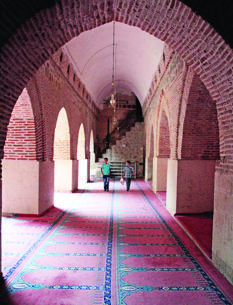 Dungeons and shrines
Dungeons and shrinesThe culture director said the excavations unearthed significant areas of the castle from the past, such as Jing Boudouin’s dungeons.
The Arapbaba Shrine has also been restored and is currently attracting many people to the ancient city.
In all, the restoration works cost 20 million liras, 7.5 million liras of which was provided by the Culture and Tourism Ministry, the director said.
The restorations have been responsible for drawing 40,000 more tourists, Öztürk said, but added that they still hoped to increase the number.
“We believe that the tourist figure will increase in the coming years because people have realized the importance of Harput and its cultural diversity,” he said.
Many French and American colleges were built in the past in Harput, Öztürk said, arguing that this was drawing American tourists to the area.
With the restorations, Harput has become “somewhere very different,” according to Öztürk, adding that it seems that the past has been revived thanks to the restorations.
The environmental beauty of the area such as the Hazar River, the Keban Dam, the Golan Spa, the historical Palu remains and other parts of the town will also help increase tourist numbers, he said.



